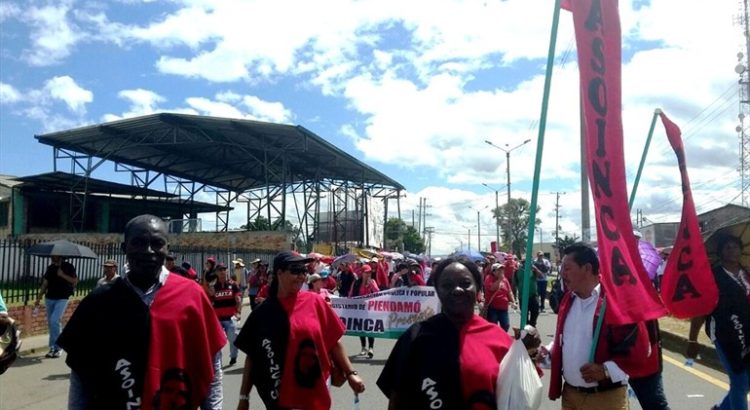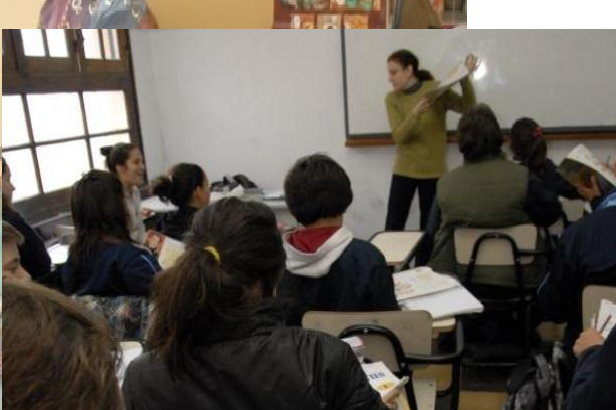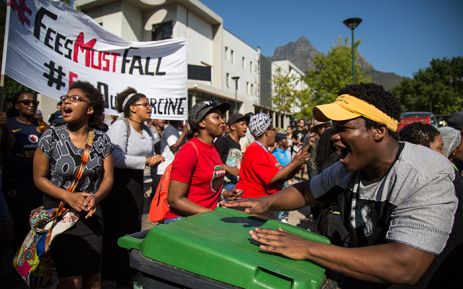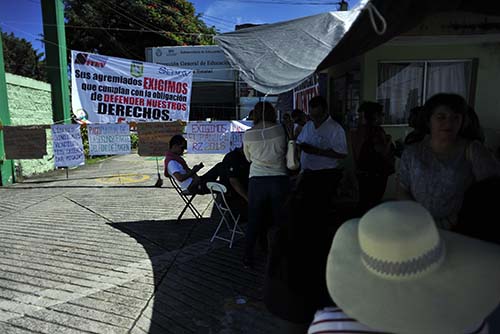América del Sur/Argentina/26 de Agosto de 2016/Fuente: Jujuy al Momento
El Gobierno provincial ya había anunciado meses atrás la política que iba a implementar con los gremios estatales en las ocasiones en que estos realicen paros: se iba a descontar los días no trabajados, sobre todo considerando cuando los reclamos son injustificados, como ocurrió hace poco tiempo cuando los gremios reclamaban la reapertura de las paritarias y el Gobierno se plantaba en su postura de que la pauta otorgada a nivel provincial era mayor que la pauta nacional inclusive.
El reclamo ahora es exactamente el mismo: los estatales y docentes reclaman la reapertura de la discusión paritaria, considerando que el aumento del 33% otorgado por el Gobierno provincial es insuficiente para hacer frente a la inflación y a los tarifazos, aunque la Justicia decidió frenar estos últimos.
La diferencia con la vez anterior es que esta vez los gremios se confiaron en que no se les descontaría los días de huelga, amparados en que la medida de fuerza dispuesta para hoy era un paro a nivel nacional y entonces adhirieron todos sin más miramientos.
Pero no contaban con que el Gobierno provincial se iba a mantener firme en su postura de realizar los descuentos, sobre todo en el sector docente, donde aseguran que es superior el derecho a estudiar y aprender de los niños que el derecho de huelga, ambos derechos constitucionales.
En este sentido, la Ministra de Educación, Isolda Calsina, se refirió a esta situación en Radio 2 manifestando que “estamos todos firmes con la conciencia de que lamentablemente las entidades gremiales no terminan de entender el rol histórico que tenemos todos los adultos en la Argentina de mejorar la calidad educativa y mejorarles las escuelas a nuestros chicos, más allá del derecho que tenemos de hacer huelga y reclamar el derecho superior de los chicos de aprender y de asistir a la escuela. Por lo tanto, nosotros estamos convencidos que este no es el camino y lamentamos que los gremios sigan en esa postura”.
“Todas las provincias descuentan los sueldos y nosotros vamos a hacerlo también, debemos garantizar las clases y si esa es la forma nosotros vamos a hacerlo también. Sabemos que hay un fallo del Superior Tribunal de Justicia (STJ) que dice que en el conflicto de dos derechos constitucionales como lo son el derecho a huelga y el derecho a estudiar y aprender, es mucho más importante y superior el derecho de los niños de aprender y educarse, por lo tanto vamos a hacer prevalecer ese derecho. Se van a descontar los días de huelga, como lo dispuso nuestro Gobierno, esa es una decisión tomada. En el ministerio, el área de liquidaciones está tomando ya todos los recaudos para que se hagan los descuentos de ley”, señaló.
Reunión del Consejo Federal de Educación
Por otro lado, la Ministra de Educación se refirió a la reunión del Consejo Federal de Educación que se realiza hoy y mañana en la localidad de Potrero de los Funes, en la provincia de San Luis, y en la que ella toma parte en representación de nuestra provincia, destacando que “hemos aprobado, después de un debate muy intenso que hubo ayer, el Plan Estratégico Nacional de Educación para los próximos cinco años, es un plan en el cual han trabajado todos nuestros equipos de Jujuy y de las restantes 23 jurisdicciones a lo largo de estos meses, tiempo en el cual hubo una amplia participación de equipos, de técnicos, un gran trabajo que se hizo para ponernos de acuerdo en esta política educativa que necesitamos los argentinos para los próximos tiempos y que nos asegure mejorar la calidad de la educación”.
“Nosotros desde Jujuy hicimos muchos aportes, nuestro equipo ha sido muy participativo, ha llevado temas y propuestas, la directora Brajcich y las directoras de nivel han estado haciendo permanentemente reuniones en Buenos Aires donde se ha debatido el tema y donde muchos de estos aportes han sido plasmados en el plan nacional, así que estamos muy orgullosos y felices”, dijo.
Y agregó que “es un plan muy amplio y abarcativo de todas las áreas temáticas que tenemos sobre el objetivo de alcanzar la educación, cómo vamos a hacer para alcanzar esos objetivos, es el gran marco de la política federal educativa. Después, las prokvincias organizan su plan anual, pero es un plan organizacional que todos los años tenemos que organizar. En lo federal, implica ese gran paraguas, ese gran contexto donde todas las provincias debemos insertar esas políticas educativas en nuestro contexto, en nuestra realidad y según nuestras realidades provinciales”.
“Este es el gran acuerdo federal que nos posibilita un escenario de mediano plazo (5 años) donde debo destacar también la actitud del Gobierno nacional que ha sido muy permeable a todas las sugerencias, a todos los aportes que hicimos desde las provincias, esto no ocurría en años pasados. Se bajaba un plan desde Nación, que disponía lo que se hacía sin discutir con muchas provincias; pero esto ha sido diferente, se construyó de abajo para arriba con todas las provincias aportando ideas. Nosotros recibimos un borrador de lo que hizo Nación y a partir de allí todas las provincias empezamos a hacer nuestros aportes, las sugerencias, a plantear los temas que nos parecían que no podían faltar en el contexto federal”.
“Este realmente ha sido el resultado de esa interacción muy eficaz y productiva que se hizo a lo largo de estos meses y que ha posibilitado que ayer, después de un amplio debate, hemos podido aprobar finalmente”, finalizó.
Fuente: http://www.jujuyalmomento.com/post/56188/isolda-calsina-vamos-a-descontar-los-sueldos.html
Fuente de la imagen: http://7400noticias.com.ar/no-clases-paro-docente-nacional/













 Users Today : 6
Users Today : 6 Total Users : 35460830
Total Users : 35460830 Views Today : 7
Views Today : 7 Total views : 3420084
Total views : 3420084